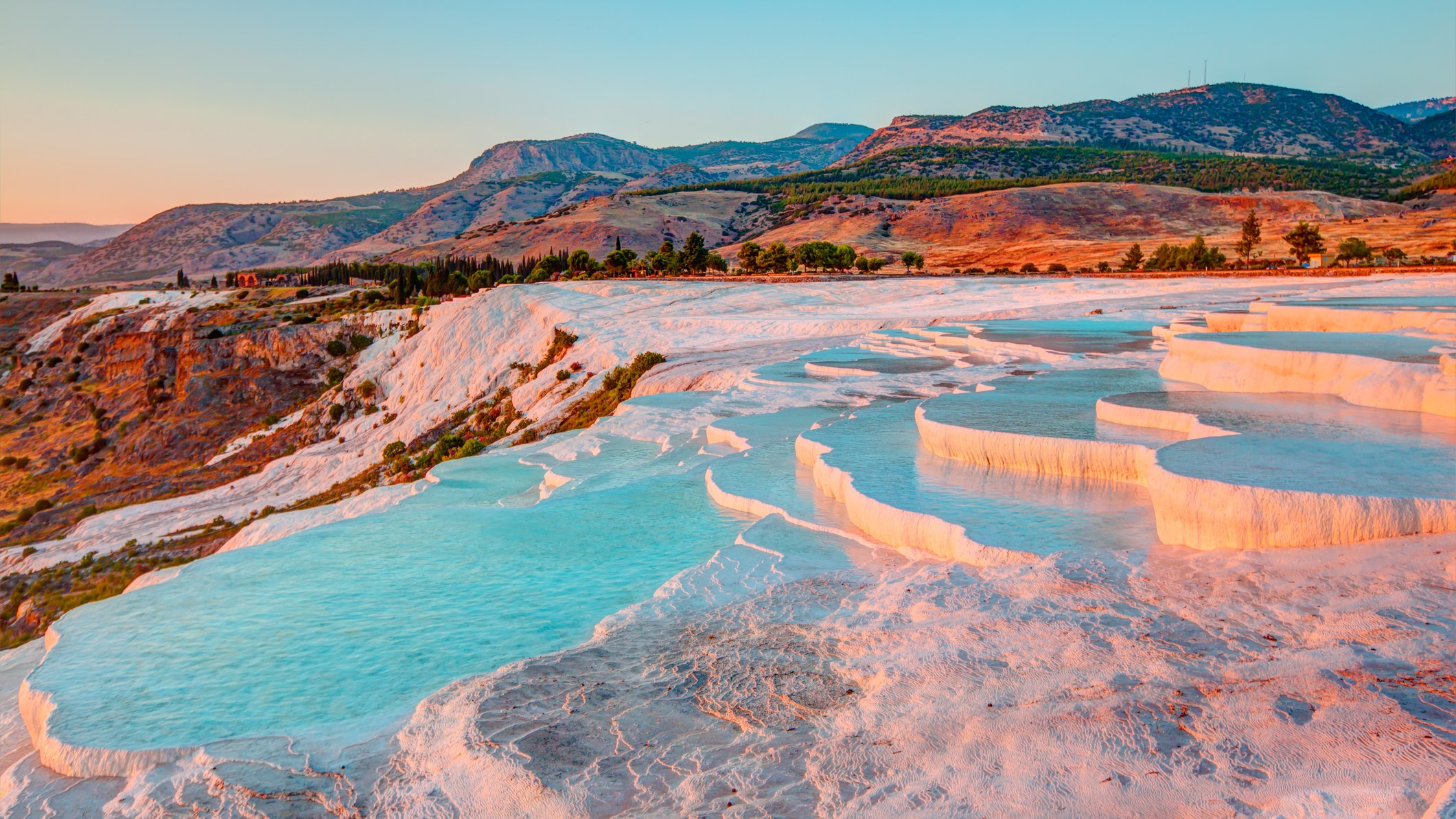
Could the Carrington Event happen again?
www.popsci.com
NASAs Solar Dynamics Observatory captured this image of a solar flareas seen in the bright flash on the right sideon September 10, 2017. The image shows a combination of wavelengths of extreme ultraviolet light that highlights the extremely hot material in flares, which has then been colorized. NASA/SDO/GoddardShareOn a hot and humid Florida night in late August 1859, the sky suddenly lit up. But it was not from fireflies or a fireswamp. Instead, it was the Northern Lightsor aurora borealis. The aurora is usually seen in far more northern latitudes, but it had somehow reached the subtropics and danced across the night sky. Reports of the aurora came in from as far south as Central America and some in the Rocky Mountains even believed it was morning because the sky was so bright.Across the Atlantic Ocean in England, a wealthy amateur astronomer named Richard Carrington was also watching the cosmos. However, Carringon had his eyes on the Sun and its various sunspots and solar flares. Get the Popular Science newsletter Breakthroughs, discoveries, and DIY tips sent every weekday. By signing up you agree to our Terms of Service and Privacy Policy.Sunspots are there all the time, almost. You can see them with a small telescope, University of Glasgow astrophysicist Hugh Hudson tells Popular Science. Carrington was sketching the spots areas and recording them. He noticed at a certain point that there were two bright patches of light that appeared in the sunspot group, which ought not to have been there.What Carrington and the awestruck people of the subtropical Atlantic saw were related. The aurora was a result of the most intense solar storm in recorded history, now called the Carrington Event. These solar storms can send out large clouds of electrified gas and dust at up to two million miles per hour. If and when these particles reach Earth, it can disrupt and distort Earths magnetic field.The Carrington Event was so large that these particles interacting with Earths magnetic field impacted telecommunications.There were sparks that were so intense that the wires caught fire, in some places, says Hudson. Some of the telegraph operators were shocked and burnt. When you connect the long wires together for power distribution, youre asking for trouble when surges like that happen.CME blast and subsequent impact at Earth This illustration shows a CME blasting off the Suns surface in the direction of Ea CME blast and subsequent impact at Earth This illustration shows a CME blasting off the Suns surface in the direction of Earth. This left portion is composed of an EIT 304 image superimposed on a LASCO C2 coronagraph. Two to four days later, the CME cloud is shown striking and beginning to be mostly deflected around the Earths magnetosphere. The blue paths emanating from the Earths poles represent some of its magnetic field lines. The magnetic cloud of plasma can extend to 30 million miles wide by the time it reaches earth. These storms, which occur frequently, can disrupt communications and navigational equipment, damage satellites, and even cause blackouts. (Objects in the illustration are not drawn to scale.) Credit: NASA/GSFC/SOHO/ESA Engineers have since learned a great deal about how to handle those large wires since the Carrington Event. However, our reliance on electricity has only grown exponentially. A flare of similaror even greater like Miyake Eventsmagnitude still could happen and the effects are of major interest to sci-fi aficionados and scientists alike. With so much more technology at risk than just the telegraph wires of the Nineteenth Century, the effects could be catastrophic.In a world that is now so dependent on electricity and electronics, a similar event has the potential to cause widespread disruptions and damage to the electronics aboard Earth-orbiting satellites, ground-based electronics, and the power grid, Alex Gianninas, an astrophysicist at Connecticut College tells Popular Science.Our in-space infrastructure, such as, telecommunication satellites are also particularly vulnerable to the Suns coronal mass ejections (CME). CMEs are large eruptions at the surface of the Sun that shoot charge particles out into space. All of that energy from the particles can degrade solar panels, damage navigation systems, and alter orbital paths, potentially causing mass collisions and excess space debris.[ Related: Does the Sun make noise? ]While there is constant activity happening on the surface of the Sun, there are generally more low intensity flares than higher intensity ones.The sunspot activity that creates these storms and flares also rises and falls on a roughly 11-year cycle. This year, we are heading into the maximum level of this cycle. Larger solar storms are most likely to occur during solar maximum, sometimes with several per day. During solar minima, these can pop up less than one per week.Geomagnetic storms, and more specifically, the CMEs that cause them, increase in frequency and intensity as the solar cycle reaches its maximum, says Gianninas. We are currently in Solar Cycle 25 and are still heading toward the maximum, which is predicted to occur this coming summer, likely in July.While some scientists estimate that the chances of a solar storm like the Carrington Event happening in the next century are at 12 percent or less, it is still a threat to be taken seriously. Currently, an array of satellites are constantly monitoring the Sun. These include the Geostationary Operational Environmental Satellite (GOES), the two Solar TErrestrial RElations Observatory satellites (STEREO-A and -B), the Solar Dynamics Observatory (SDO). These send back data and images in both visible and invisible light, so we can see a wide range of activity.According to Gianninas, it can take between several hours and a few days for the particles from a CME to reach Earth, so there is some advance warning that something is coming. NOAAs Space Weather Prediction Center also tracks all of this activity and can be a good resource for determining where and when the aurora might be visible. This can give utility companies, satellite operators, and crew aboard the International Space Station some time to prepare their systems for impact. For the general public, there is not too much to do beyond charging up devices and making sure you have general emergency supplies like water, batteries, and flashlights..For scientists and citizen scientists alike, this combination of potential doom and the big questions about our origins are part of what makes studying this solar activity so exciting.People are so fascinated by the origin of life and the fundamental questions that the stars inspire in us, says Hudson. I think the Sun is in the same category. Its just something very close by and familiar and yet we have eclipses and strange things happen. So its not surprising that 10-year-olds can be amazed by the same thing as adults.
0 Комментарии
·0 Поделились
·29 Просмотры









